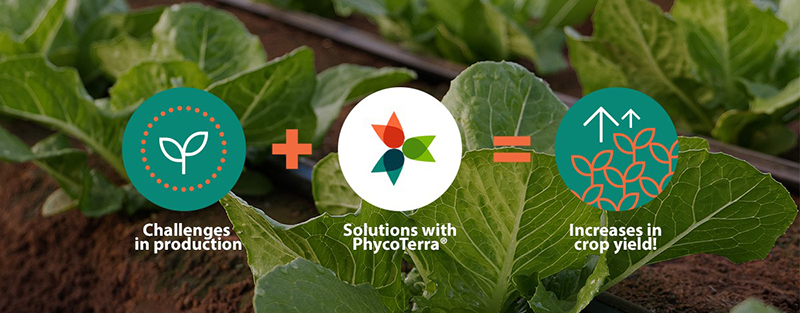Here Are the 4 Biggest Benefits of Indoor Farming

Indoor farming has become more prevalent in recent years following increased demand for fresh produce and rising concerns about the ecological impact of traditional agriculture. Warehouses present the perfect interior environment for farming — spacious, adequate protection from harsh weather, and more manageable growing conditions. Will these become the farmlands of the future? Only time will tell, but the potential is undeniable, as are the benefits.
The biggest advantages include the following.
1. Efficient Use of Space
Conventional farming requires significant land space. Wholesale vegetable farms require at least 40 acres of fertile land on average. Bringing the process indoors allows for more efficient use of available space, maximizing food production per square foot. For instance, stacking crops vertically can accommodate up to 10 times as many plants as a regular horizontal farm with similar space dimensions. Examples of vertical farms that utilize repurposed warehouses include AeroFarms, Gotham Greens, and Bowery.
2. Year-Round Food Production
Controlled growing environments in warehouses enable the cultivation of seasonal foods all year round. This helps ensure consistent supply and shorter harvest times without compromising produce quality. Consumers can then enjoy their favorite fresh fruits and greens regardless of the season and without shipping them in from far away.
3. Adverse Weather Protection
Extreme weather can severely affect traditional farming — freezing temperatures stifle plant growth, droughts cause crops to die, excessive rain damages the soil and so on. Growing crops in climate-controlled warehouses protects them from inclement weather so such natural catastrophes don’t impact crop yields and ensure predictable harvests.
4. Sustainable Practices
Warehouse farmlands can make agriculture more efficient and sustainable. The reduced reliance on soil and water means less natural resource consumption. Additionally, indoor farming allows farmers to cultivate crops in urban areas, reducing transportation costs and carbon emissions from long-distance shipping. Lastly, warehouse farms don’t require toxic chemicals and pesticides that cause greenhouse gas emissions since the controlled environment naturally keeps pests and weeds out.
Key Drivers of Warehouse Farmlands
Indoor farming shows great promise in tackling today’s biggest agricultural challenges. However, there are several critical factors to consider when setting it up.
- Warehouse Efficiency and Productivity Just as regular tillable land needs optimization for farming, warehouses must also have the necessary features to operate efficiently and support optimal growing conditions. This includes designing the space ergonomically, installing new equipment and creating a warehouse safety culture, among other things.
- Adequate Financing Setting up a warehouse farm is capital intensive — plus, farmers also need sufficient financing to cover operating costs. For instance, even a small indoor farm can have an electricity bill of over $100,000 yearly. Switching to renewable energy sources like solar and geothermal power plants can help lower monthly expenses, but installing these systems requires substantial spending, too.
- Automation Technologies Indoor farms require a combination of robotics, machine learning, Internet of Things sensors and cloud computing to function as intended. These technologies are central to creating and maintaining an optimized growing environment. Employing these systems can also reduce the need for manual labor and associated costs.
Warehouses Are Becoming the New Farmlands
All over the world, farmers are converting wide, spacious buildings into farmlands capable of feeding their surrounding communities. This represents an important step toward ensuring food security and lowering carbon emissions, for which the agriculture industry has received a lot of flak in recent years.










